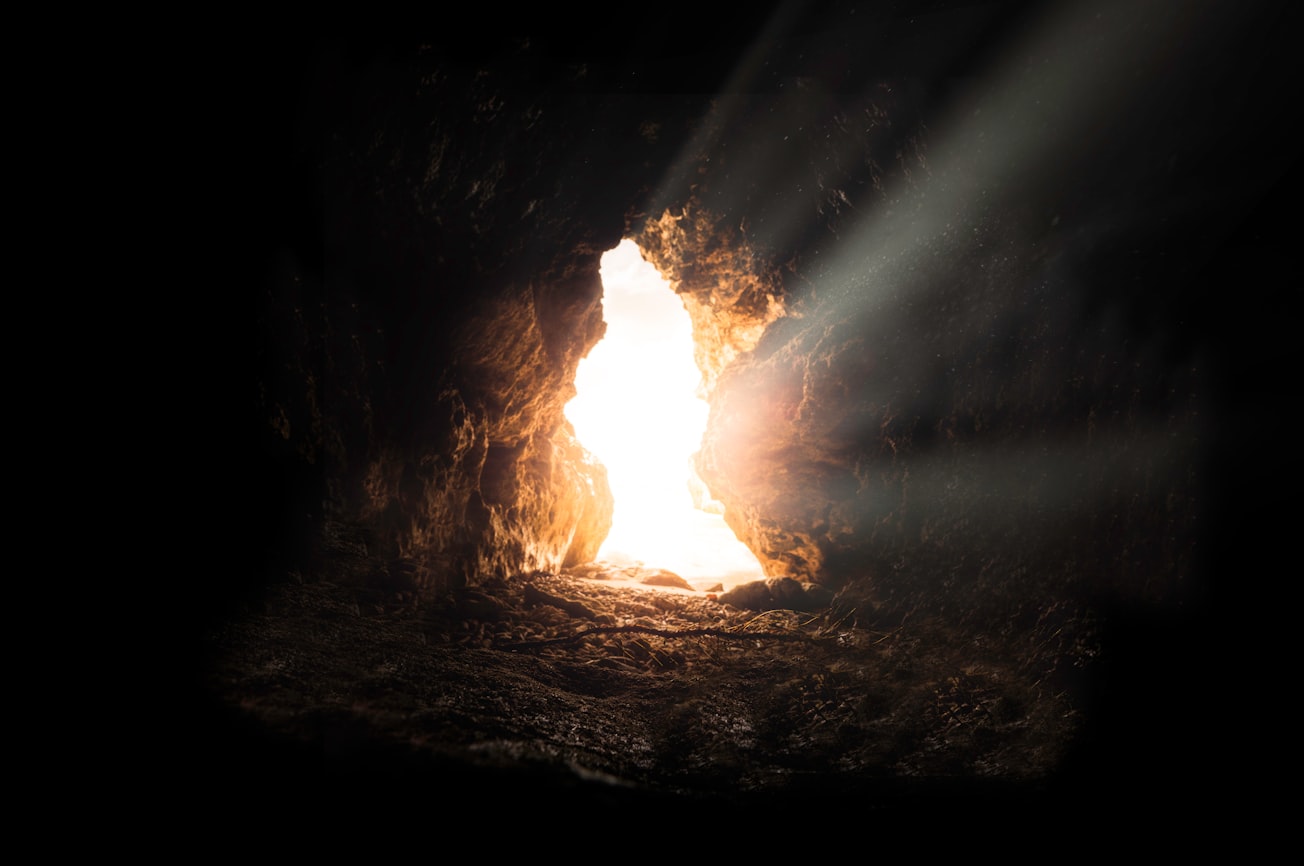What is it about?
In the Gospels of Mark and Luke, the tomb of Jesus has already been opened when the women arrive at the site, but in the Gospel of Matthew the tomb is still sealed with a stone when the women arrive, or so it seems. In this article, the author explains this discrepancy and provides further insight into a literary trait of the gospel writer.
Featured Image

Photo by Bruno van der Kraan on Unsplash
Why is it important?
Interpretation of the Gospel of Matthew has frequently been stalled at the resurrection narrative where the woman come to the tomb hoping somehow to anoint the body of Jesus for burial. Some scholars see a hopeless contradiction between Matthew and the other Synoptic Gospel writers on the status of the tomb when the women arrive. In this article, the author shows why it is no longer necessary for interpretation of the Gospel of Matthew to be stalled at this point.
Perspectives
For me, new discovery is among the greatest rewards of Bible study in general and gospel studies in particular. My engagement with the Gospel of Matthew has revealed long overlooked literary traits of the author. When these traits are taken into account previous difficulties in the interpretation of the text are resolved. I am happy to share these insights for better understanding of the first canonical gospel.
Dr. Kenneth L. Waters
Azusa Pacific University
Read the Original
This page is a summary of: Matthew 28:1-6 as Temporally Conflated Text: Temporal-Spatial Collapse in the Gospel of Matthew, The Expository Times, June 2005, SAGE Publications,
DOI: 10.1177/0014524605053988.
You can read the full text:
Contributors
The following have contributed to this page










